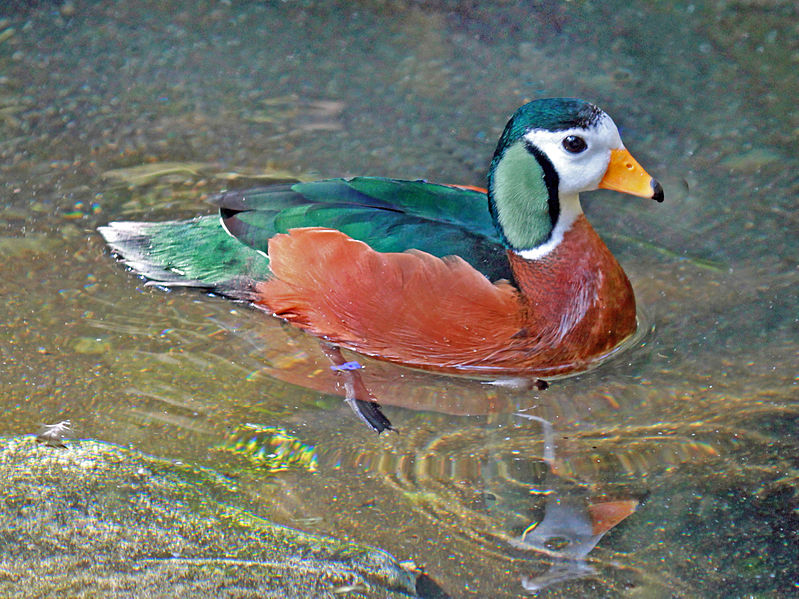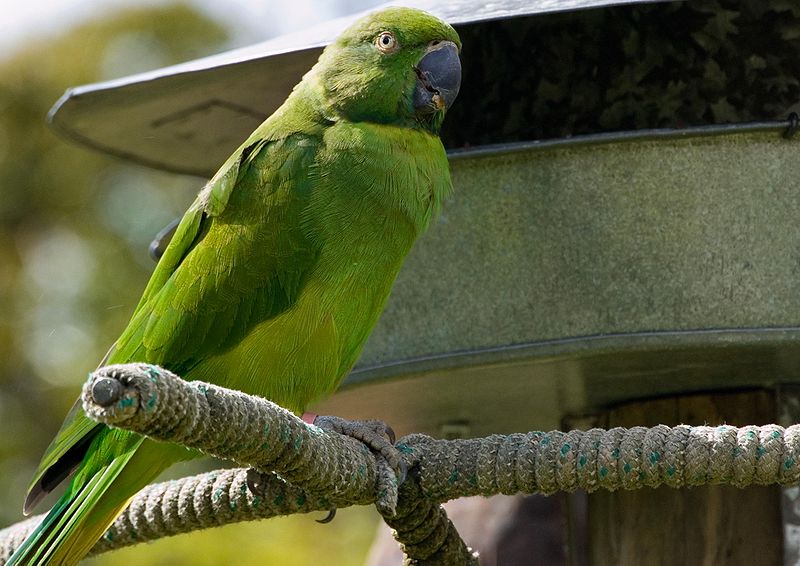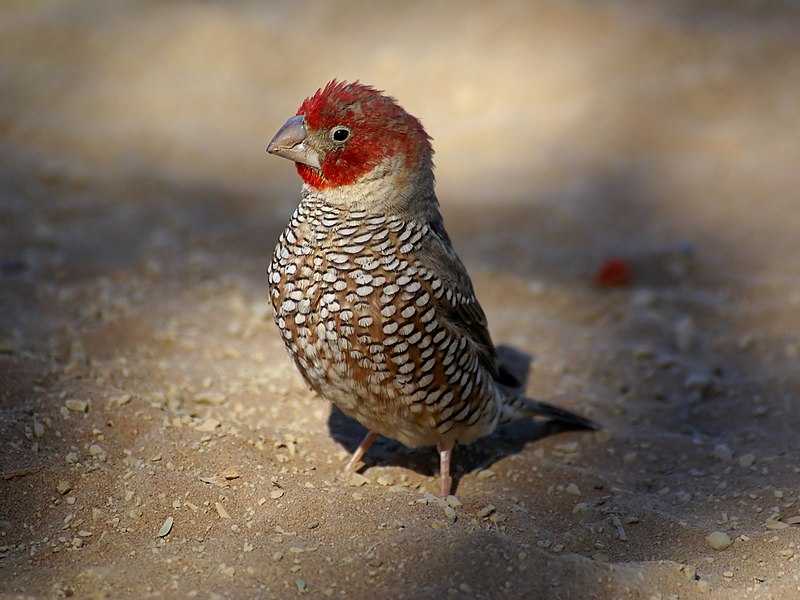 It’s not easy to stand-out among such spectacular birds as the cockatoos, but the Moluccan Cockatoo (Cacatua moluccensis) does so admirably. In size, color, trainability, and many other ways, it is in a class by itself. This adds to the species’ allure, but there is a downside…wild populations are plummeting, and their needs, as pets, are beyond the capabilities of many owners.
It’s not easy to stand-out among such spectacular birds as the cockatoos, but the Moluccan Cockatoo (Cacatua moluccensis) does so admirably. In size, color, trainability, and many other ways, it is in a class by itself. This adds to the species’ allure, but there is a downside…wild populations are plummeting, and their needs, as pets, are beyond the capabilities of many owners.
Description
At 20 inches in length, the Moluccan is the largest of the white-colored cockatoos. Females often exceed males in size, and are also distinguished by their brown, as opposed to black, eyes.
The white body feathers, infused with pink, are often described as having a “peach-colored hue”. Even by cockatoo standards, the head crest is magnificent, being very long and colored deep-pink to orange-red. Read More »
 That Bird Blog – Bird Care and History for Pet Birds
That Bird Blog – Bird Care and History for Pet Birds




